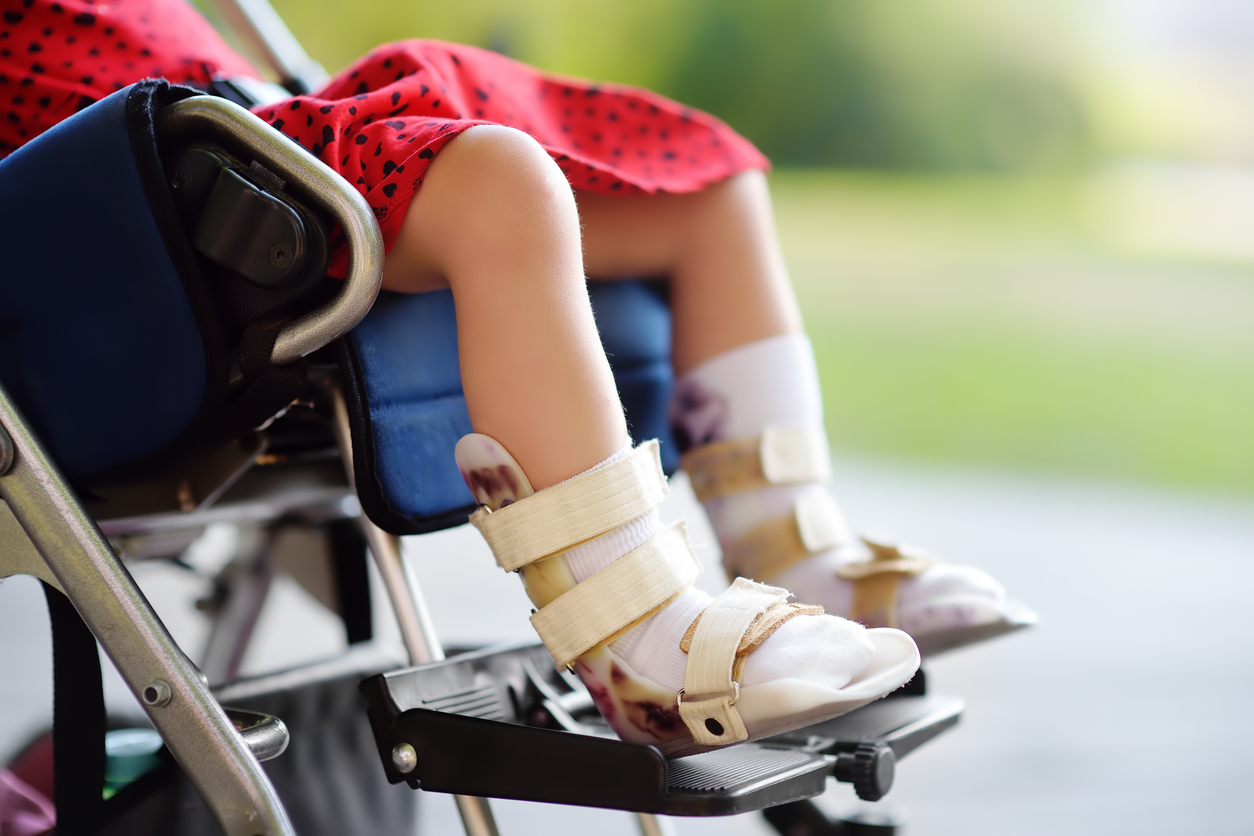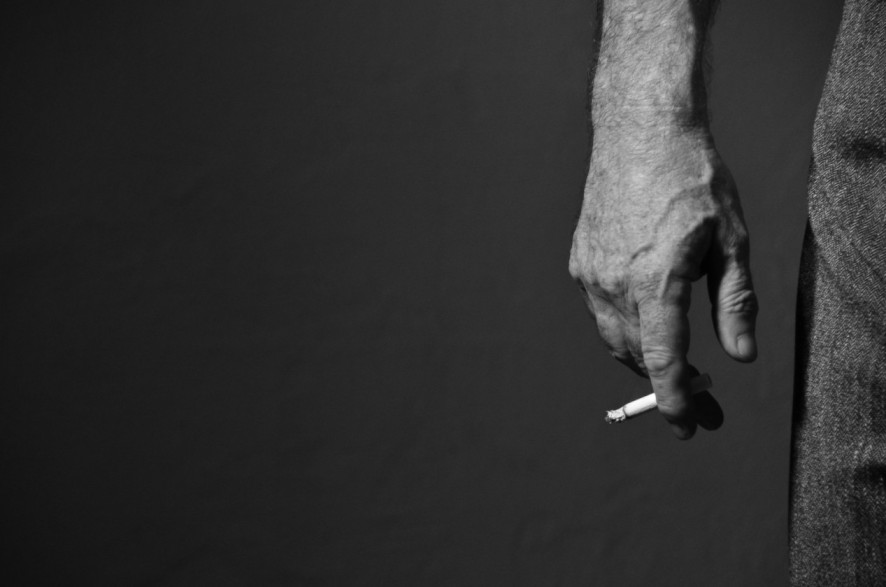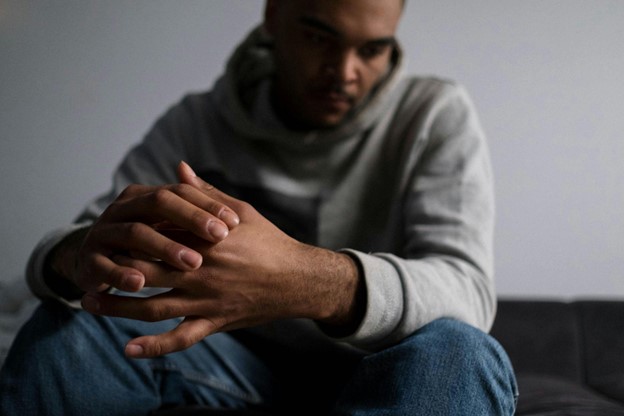Cerebral palsy is a condition that impacts movement, muscle coordination, and posture. If your child has been diagnosed with palsy and you suspect it could be due to neglect, understanding how to prove negligence in a legal case is crucial. This article will explore the types of evidence for establishing negligence in a cerebral palsy case and the common legal strategies used.
Medical Records: Uncovering Clues
All experienced cerebral palsy attorneys highlight that thorough documentation is key in cases of negligence. Reviewing your child’s records can reveal details about their treatment journey. Look for any inconsistencies or missing information in the records that might suggest errors or neglect by healthcare providers involved in your child’s care. These records often contain evidence about the quality of care provided before, during, and after birth.
Expert Witnesses: Providing Professional Opinions
Expert witnesses play a role in proving negligence in palsy cases. These professionals are usually specialists in fields who can review medical records and offer opinions on whether appropriate standards of care were followed. Their testimonies help the court understand how deviations from these standards may have contributed to the development of palsy.
Substandard Care: Proving Negligence
To show negligence, it must be proven that healthcare professionals did not meet the expected standards of care. This means demonstrating that they did not show the skill and caution that is typically expected from professionals in their field. By evaluating your child’s situation and gaining an understanding of the established practices in labor, delivery, or postnatal care related to cases of cerebral palsy, a skilled lawyer can provide evidence indicating a breach of duty on the part of your healthcare provider.
Engaging Medical Specialists: Making Connections
Establishing a link between overlooked care and your child’s diagnosis of palsy is essential when trying to prove causation in a negligence case. Experts specialized in palsy can offer insights into how negligent actions are connected to the resulting condition. By pinpointing instances where substandard care led to your child’s condition, these experts can strengthen your argument and demonstrate how the actions or oversights of your healthcare provider directly influenced the outcome.
Birth Complications: Spotting Warning Signs
In cases involving palsy, birth complications often act as critical evidence indicating potential negligence during childbirth. An experienced attorney will thoroughly investigate whether factors like oxygen deprivation or improper use of delivery tools played a role in leading to birth complications that ultimately resulted in palsy. Building a valid argument benefits from collecting and presenting thorough evidence related to these birth injuries.
Taking a Case-by-Case Approach: Identifying Negligence
Each case of palsy is distinct, with its specific circumstances and potential negligence factors. Experts versed in cerebral palsy cases must conduct a detailed assessment to explore all possible angles and determine the most effective approach to proving negligence in each unique scenario.
Establishing the Burden of Proof: Reinforcing Your Case
Demonstrating negligence necessitates gathering evidence that compellingly establishes the connection between a healthcare provider’s actions and your child’s cerebral palsy diagnosis. This may involve interviewing witnesses, seeking opinions, consulting with specialists from various fields, and devising a cohesive legal strategy based on a comprehensive understanding of the details pertaining to your case.
Legal Remedies: Seeking Compensation for Damages
In addition to proving negligence, it is important to understand the legal remedies available in cerebral palsy cases. If you can establish negligence and causation, you may be eligible to seek compensation for the damages suffered by your child and your family.
Compensation may cover various aspects, including medical expenses (such as doctor visits, therapy sessions, medications, and assistive devices), ongoing care and treatment costs (both current and future), rehabilitation services, pain and suffering endured by the child, emotional distress experienced by the family, loss of earning capacity for the child in case of severe impairment, and any other relevant damages resulting from negligence.
It is advisable to consult with a cerebral palsy law firm or an attorney who specializes in medical negligence cases involving cerebral palsy to understand your rights and explore potential avenues for seeking compensation. They can guide you through the legal process, prepare a strong case on your behalf, negotiate with insurance companies or defendants’ representatives, and advocate for a favorable outcome that ensures your child’s needs are adequately addressed.
Final Words
Proving negligence in cases involving palsy is a process that involves collecting diverse forms of evidence, collaborating with expert witnesses, demonstrating a breach of duty, linking causation to birth injuries, and tailoring legal tactics according to each individual circumstance.
With expert guidance from attorneys specializing in handling medical malpractice claims concerning children with palsy, you can navigate this intricate path towards seeking justice for your child and obtaining the appropriate compensation they are entitled to receive.








Leave a Reply
You must be logged in to post a comment.